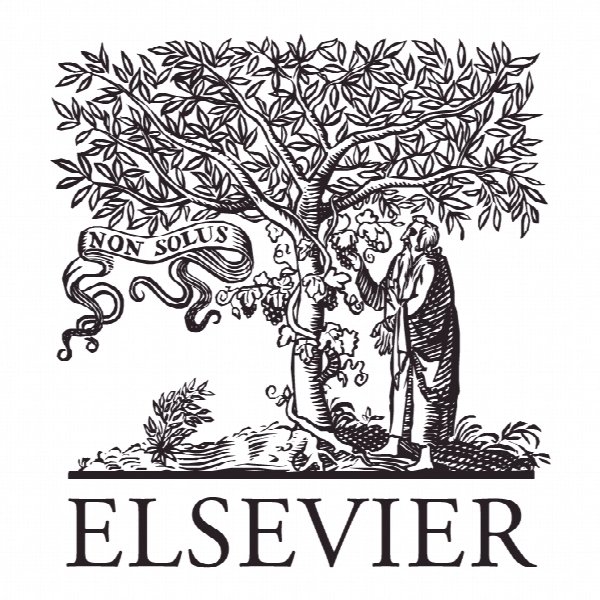نظارت بر تشخیص افتادن غیرتهاجمی برای سالمندان بر اساس منطق فازی Non-intrusive fall detection monitoring for the elderly based on fuzzy logic
- نوع فایل : کتاب
- زبان : انگلیسی
- ناشر : Elsevier
- چاپ و سال / کشور: 2018
توضیحات
رشته های مرتبط مهندسی برق، پزشکی
گرایش های مرتبط مهندسی کنترل، بیوانفورماتیک پزشکی
مجله اندازه گیری – Measurement
دانشگاه Department of Electrical and Computer Engineering – National University of Singapore – Singapore
شناسه دیجیتال – doi https://doi.org/10.1016/j.measurement.2018.04.009
منتشر شده در نشریه الزویر
کلمات کلیدی انگلیسی Fall Detection; Accelerometer; Sound Sensor; Fuzzy Logic; Sensor Fusion
گرایش های مرتبط مهندسی کنترل، بیوانفورماتیک پزشکی
مجله اندازه گیری – Measurement
دانشگاه Department of Electrical and Computer Engineering – National University of Singapore – Singapore
شناسه دیجیتال – doi https://doi.org/10.1016/j.measurement.2018.04.009
منتشر شده در نشریه الزویر
کلمات کلیدی انگلیسی Fall Detection; Accelerometer; Sound Sensor; Fuzzy Logic; Sensor Fusion
Description
1. Introduction Falls are the major cause of both fatal and non-fatal injuries among people and create a hindrance in living independently. The frequency of falls increases with age and frailty level. Between 2007 and 2011, in Singapore, at least 50 5 elderly persons have been found dead in their own homes from causes relating to falls and illnesses [1]. With the rapid technological advancements, various small and non-intrusive remote health condition monitoring solutions have been proposed and developed with the objectives to solve or mitigate problems encountered by elderly people living alone, and ultimately to save lives by provid10 ing them with timely assistance. Commercial product developments and active academic research on fall detection have been motivated by the considerable risks of falls and the substantial increase of the elderly people population. A typical fall detection system has two major functional components: (a) the detection component, which detects falls and (b) the communication component 15 that communicates with emergency contact after fall detection. In Singapore, the government takes initiative in making elderly-friendly public housing so as to facilitate aging in place [2]. In 2013, a pilot condition monitoring project called Elderly Monitoring System (EMS) was deployed to 500 public housing flats occupied by lone elderly residents. These in-home condition 20 monitoring and alert system monitors round the clock activity levels of each resident in a non-intrusive way, and trigger an alert to a designated caregiver in the event of anomalies [2]. With the initial success of the pilot runs, several similar health condition monitoring systems [3][4] were also proposed and underwent trials by different competing solution providers aimed to solve or mitigate the 25 same set of problems defined earlier. The various health condition monitoring solutions proposed and demonstrated by different solutions providers, in many ways are similar to the condition monitoring idea where elderly people are monitored for motion activities. In most cases, optical camera and passive infrared (PIR) motion detectors are 30 used for such purposes. The primary triggering criteria when a registered care giver is alerted will be based on the abnormal lack of motion activities or from a manual trigger by an elderly person requesting for assistance.


